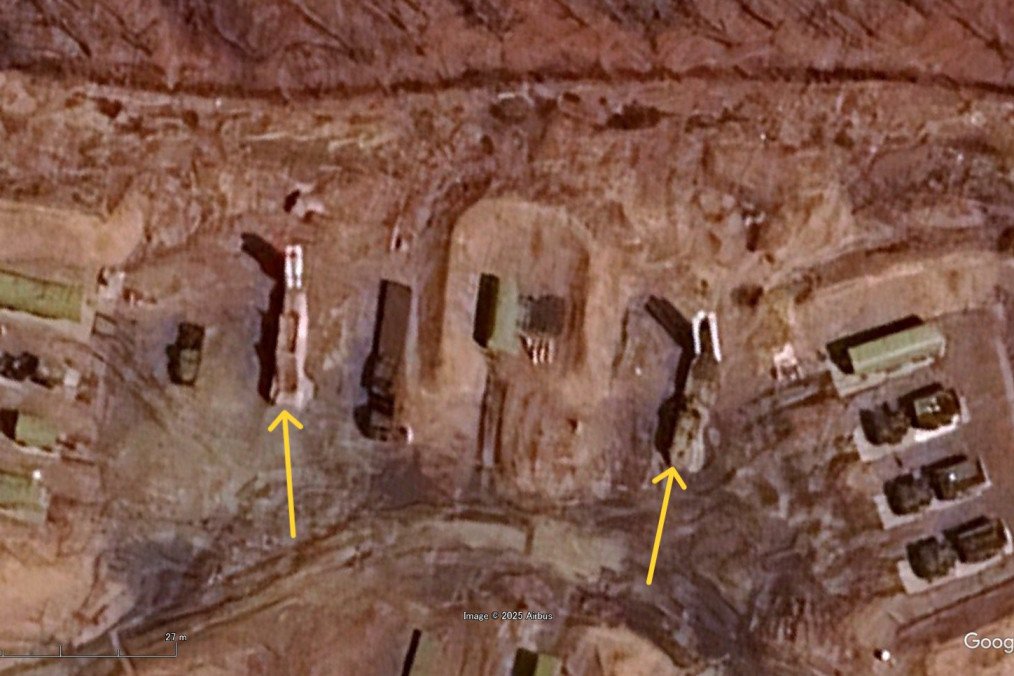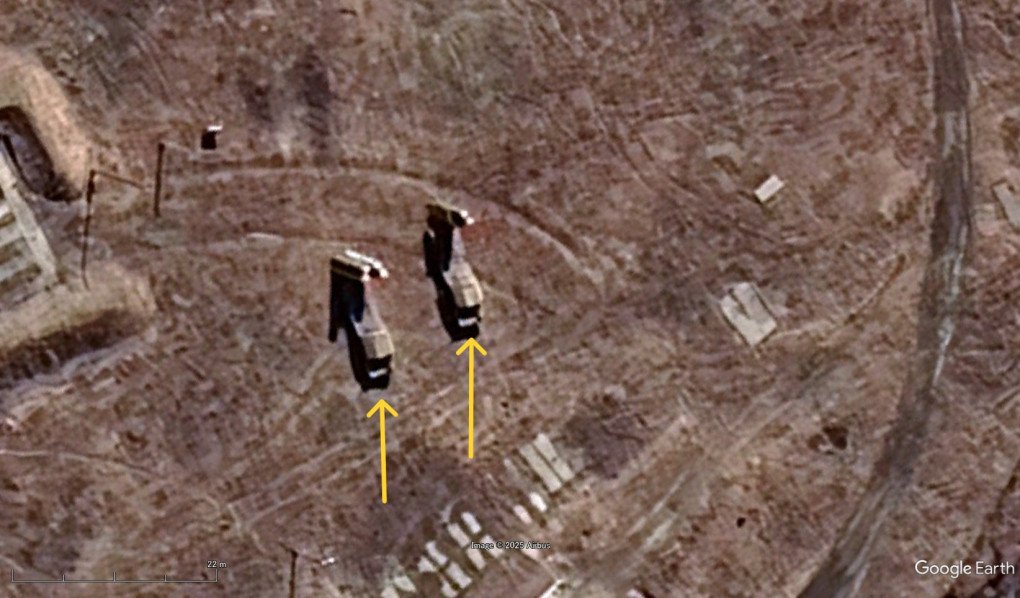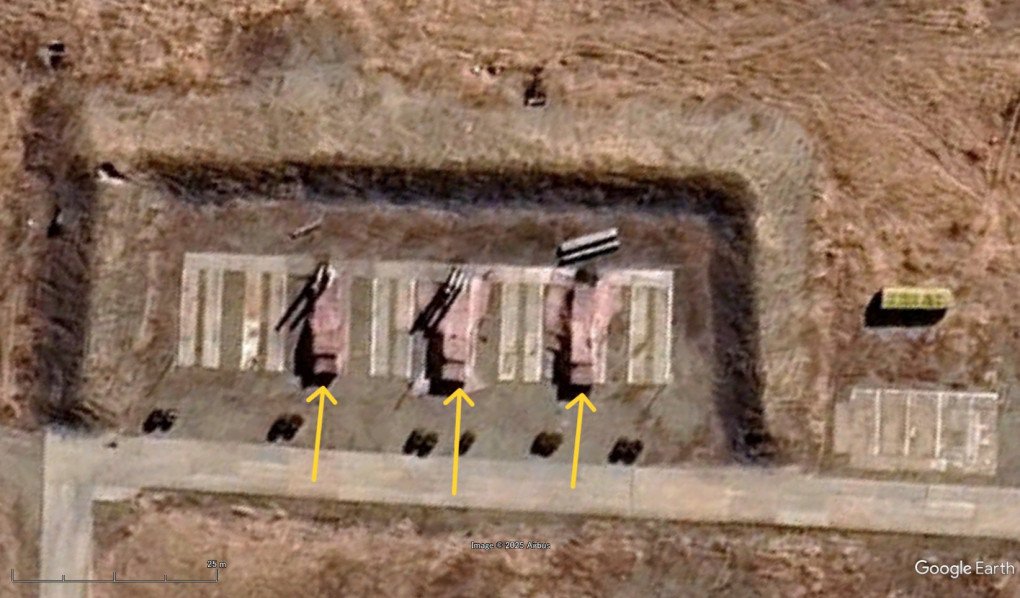- Category
- Latest news
Russia Installs Dozens of Fake S-300 and S-400 Systems in Far East to Mask Air Defense Gaps

Russia has increased the deployment of S-300 and S-400 air defense decoys in its Far East region, according to new satellite imagery reviewed by open-source intelligence (OSINT) sources.
The installations appear aimed at obscuring the movement of actual missile systems being transferred westward, likely in support of ongoing operations in Ukraine, Japanese OSINT analyst AS-22 reported on May 8.
AS-22, who has been tracking Russia’s long-range air defense infrastructure for months, concluded that the Kremlin is increasingly relying on decoy launchers to give the illusion of continued coverage in regions stripped of real systems.
“Google Earth has been updated to show that additional S-300/400 TEL decoys have been installed in the Far East region,” AS-22 reported.
Decoys are used in the Far East region to conceal S-300/400 movements as much as possible, the analyst noted.

However, the researcher notes that many of the decoys are crude or incomplete, often lacking key components such as radar arrays, and some are even built with incorrect proportions.
“Despite the changes, their role as decoys is still inadequate,” AS-22 said. “Two decoys are located at 1533rd Guards Anti-Aircraft. The decoy on the right is probably an S-300 towed TEL, but its lack of radar makes it almost decorative here.”
At the 1534th Anti-Aircraft Missile Regiment, located near Irkutsk, Russia, what appears to be a mock-up of the S-300PS 5P85S launcher has been installed. But again, AS-22 notes the absence of essential radar elements renders it essentially useless.

“Even if these were real, they would still be decorative because, as before, they have no radar,” the researcher explained.
Three more decoys have appeared at the 24th Anti-Aircraft Missile Brigade. These newer models more closely resemble actual launchers but remain visibly flawed.
“These decoys differ from previous models in that they more accurately replicate the shape of the launcher, but the launcher is much thinner than previous models,” AS-22 said.

The analyst suggests this pattern may indicate an evolving decoy strategy by the Russian military, which could eventually involve more advanced mock systems with moving parts or more realistic profiles.
“Finally, I think this example suggests that these decoys may evolve in the future into more elaborate decoys with more sophisticated firing parts, such as the less frequently used TEL and 24 Regiment,” AS-22 added.
Russia’s real S-300 and S-400 systems have been critical in protecting strategic sites from Ukrainian drone and missile attacks.
Earlier, reports emerged that Ukrainian forces are consistently targeting and disabling Russian air defense systems in occupied Crimea using relatively lightweight drones carrying warheads of up to 15 kilograms.
These attacks have proven effective in disabling high-value radar components, despite the limited payload size.





-72b63a4e0c8c475ad81fe3eed3f63729.jpeg)

